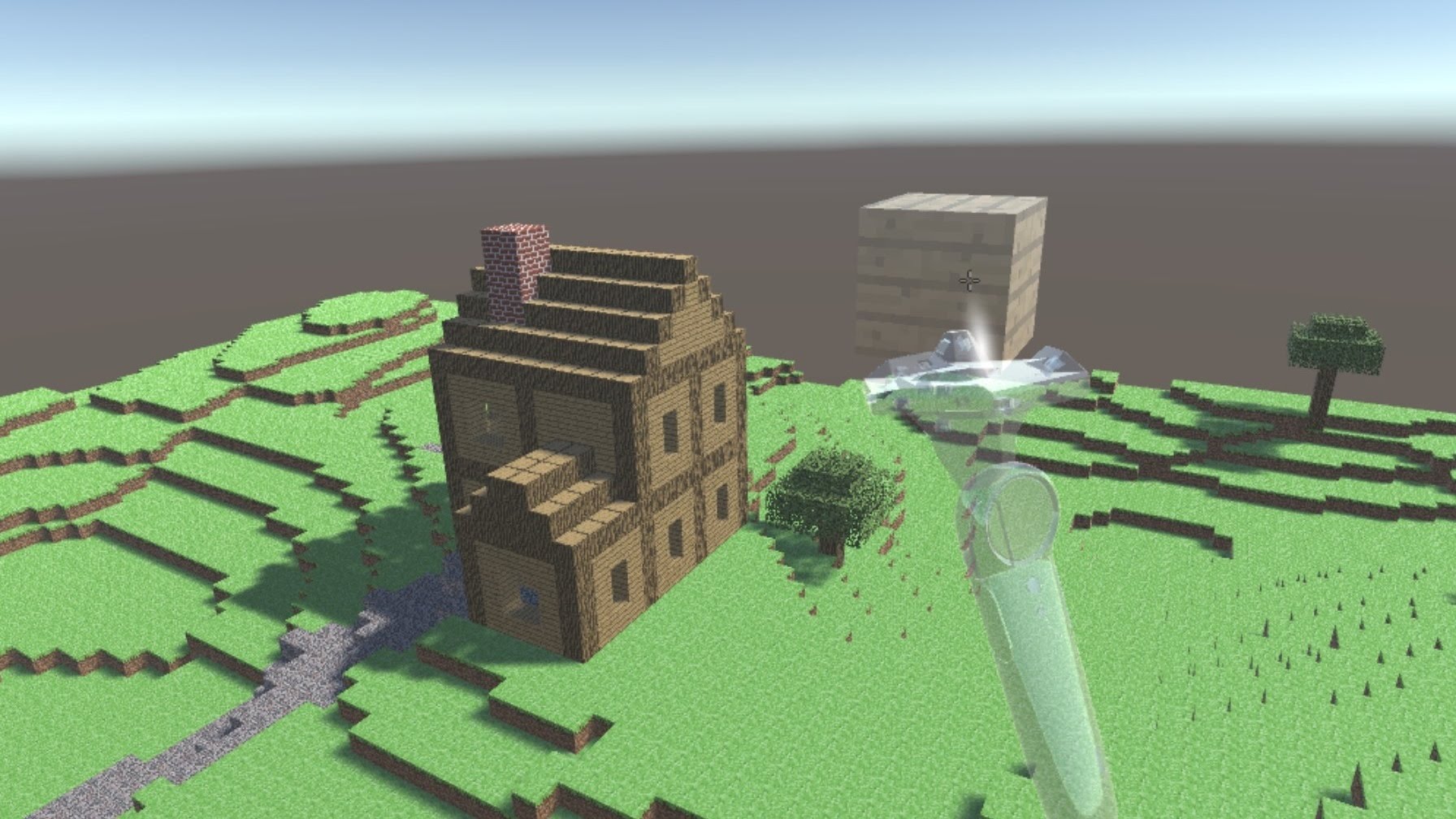Anytime you want to understand how players are experiencing a game, there’s a good chance you’ll find a number of valid answers in the directory on Twitch—some more than others. Originally launched with a series of alpha playtests in mid-2010, Minecraft has become a fairly singular example of what games in the twenty-first century can be; there are almost as many ways to play it as there are players.
If a game, as philosopher Bernard Suits wrote in his 1978 book The Grasshopper, is best defined as “the voluntary attempt to overcome unnecessary obstacles,” then Minecraft may well transcend the label altogether.
Many games can be described, accurately enough, as virtual worlds—immense spaces without physical presence beyond things like networking infrastructure, basic hardware, and electrons. There’s the massively multiplayer first-person shooter Destiny, which pits you and your friends against several competing hordes of warlike aliens. And games like World of Warcraft and Skyrim and No Man’s Sky, which all share a certain emphasis on vastness and exploration. But the connections between these popular titles are, at best, tenuous.
In truth, they couldn’t be more different from one another. Minecraft in particular is a low-polygon canvas where almost anything is possible. Outside of traveling to other planets or solar systems, or bedding lusty NPCs, there isn’t a lot you can’t do with Mojang’s flagship sandbox. In an industry where new releases often make waves for a week and then fade tragically from memory, Minecraft’s creative potential makes it feel timeless and unique.
For this reason, the game has found yet another home in virtual reality. One Twitch broadcaster I spoke with, Axel Hunter, feels Minecraft may well be the first killer app for full-featured platforms like the HTC Vive—even in its seventh year of existence. He cites the Vive’s dual motion controllers as one major leap forward. “Once you’ve had your hands inside the game,” he says, “it’s very hard to go back.”
For now, Hunter uses the fan-made Vivecraft mod in order to play the game on his preferred platform. For now, the title is only officially supported on the Samsung Gear and Oculus Rift headsets.
Hunter notes that virtual reality brings a level of immersion you couldn’t experience in earlier incarnations of Minecraft, and that directly impacts how you play. For the first time, in-game confrontations with the various monsters of the Minecraft world, and death, have consequences beyond simply losing your inventory and, in some instances, respawning far from where you’d been mining (or crafting).
“At this point, I don’t think you’ve truly experienced Minecraft until you’ve been without a shelter or sword when the first night arrives in VR,” says Hunter. “You have to dig a trench, bury yourself in it, and actually sit in the virtual dirt in complete darkness waiting for daylight.” He recalls waiting in a hole, temporarily blinded, as one of the most significant experiences he’s had in virtual reality yet.
For a short time, Hunter worked as a salesman at his local GameStop, where he would often see children badgering their parents for foam swords and pickaxes styled after the blocky voxels of those in Minecraft. “I always thought they were cool, but I never really got it,” he says. “Until I stood in the Minecraft world, and saw I had an actual axe in my hand that I could actually swing to chop wood. Instantly, I understood the appeal of those toys.”
But he’d never need one. He didn’t have to pretend he could wield a sword made of diamond against a band of zombies; with VR, he could actually do it.
One complaint many people still have with Minecraft VR, however, is the nagging issue of locomotion. The Vivecraft mod relies largely on the Vive’s Lighthouse room-scaling technology, which tracks the user’s movement across a limited room-sized space. To travel farther across the plane of Minecraft’s procedurally generated landscape, players aim the Vive controller at a 3D target block outside of their play area’s boundaries and then teleport, spawning on top of it.
“This is the one difference between the Gear and Vive versions that might make the portable version preferable,” says Hunter. “But as someone who’s played a lot of both types of VR, I can say that I have no problem with teleporting. It may look weird to someone not in the headset, but it feels oddly natural.”
https://www.youtube.com/watch?v=jmH_NhTW5mg
Still, Hunter doesn’t think VR will survive without the tactile sensation of reaching into a virtual space with your hands, manipulating the game’s environment naturalistically. “There is no comparison between looking at a Minecraft world around you and touching that world,” he says. “Whether it has to be coupled with the Lighthouse system to achieve that—clearly it’s not required. Oculus has a different solution, as does PlayStation.” But he does feel that Vive’s positional-tracking technology, without the need for an expensive treadmill like the Virtuix Omni, is ultimately the most elegant solution available to players in 2016.
Another streamer I spoke with, Simon Flou, is more optimistic about the Omni’s potential. Given the scale of an infinite virtual space like the Minecraft multiverse, he doesn’t think room scaling will cut it in the long run. “Valve’s Lighthouse technology is definitely a big step in the right direction,” he admits, “and I’ve got to say the Vive offers the best and most immersive VR experience [on the market]. But I see the treadmill as the best of both worlds.”
One thing to consider is how many players are likely to adopt Minecraft VR as their version of choice for the game. Current-generation consoles like the Xbox One and PlayStation 4, iOS and Android mobile devices, and most PCs are all perfectly capable of delivering meaningful Minecraft experiences. So what does virtual reality do with ports of existing games that adds significant depth?
The survival-horror elements are one selling point. “In VR,” says Flou, “zombies are loud and relentless, and Endermen are the spawn of the devil himself.” So Minecraft becomes an entirely different game in the virtual realm; exploring caves goes from being a peaceful hunt for resources to a fight for your life.
According to Hunter, “it turns into a horror game. I’m talking full-on jump scares. When you’re eyeing a diamond vein up a cave wall, only to turn around to see a zombie five feet away, you feel the fear of death.” It isn’t hard to imagine Minecraft finding a new, expanded audience as horror aficionados get their hands on a VR setup and start to dig deep.

Twitch audiences, to Hunter’s relief, are taking to the new medium rather well. “I thought there would be terrible growing pains in getting [my viewers] to enjoy VR streams,” he says, “but I’ve found that they regularly want more than I can give them. I’m typically a very critical person. No matter how much I love something, I’ll always have criticisms and voice them. But in VR, all of that falls away and I become giddy like a child. One entire stream consisted of me sitting on my floor painting an island in Tilt Brush. The community loved it!”
The true joy, Hunter says, is in sharing that enthusiasm with others. “It makes others around you happy because they know it’s genuine. And then it’s not just me with a dopey grin on my face.”
Alex Kane is a freelance writer with work appearing in outlets such as Killscreen and Versions. You can follow him on Twitter: @alexjkane.
Featured Image: WallpaperCave



























